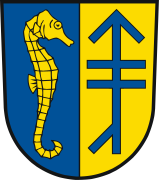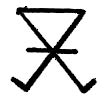
The Paus family is a Norwegian family that first appeared as members of the elite of 16th-century Oslo and that for centuries belonged to Norway's "aristocracy of officials" as priests of the state church, judges and other higher government officials, especially in Upper Telemark. Family members later became involved in shipping, steel and banking. The family is particularly known for its close association with Henrik Ibsen.

Galtung was a Norwegian noble family dating from the ennoblement of Lauritz Galtung in 1648. However, when he was ennobled, documents indicated the family descended from an older noble family, the Galte family. This led to both Hardanger families being referenced as Galtungs in history books.
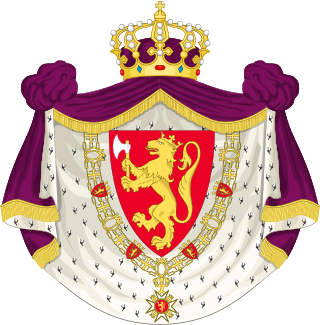
The coat of arms of Norway is the arms of dominion of king Harald V of Norway, and as such represents both the monarch and the kingdom. It depicts a standing golden lion on a red background, bearing a golden crown and axe with silver blade.

Norwegian heraldry has roots in early medieval times, soon after the use of coats of arms first appeared in continental Europe. Some of the medieval coats of arms are rather simple of design, while others have more naturalistic charges. The king-granted coats of arms of later times were usually detailed and complex. Especially in the late 17th century and the 18th century, many ennobled persons and families received coats of arms with shields containing both two and four fields, and some even with an inescutcheon above these.

Holla is a former municipality in Telemark county, Norway. The 252-square-kilometre (97 sq mi) municipality existed from 1838 until its dissolution in 1964. The area is now part of Nome Municipality. The administrative centre was the village of Ulefoss. The municipality was considered part of the traditional district of Grenland, but in 1964 it became been part of the new Nome municipality which has been considered to be part of the Midt-Telemark district.

Nicolay Nicolaysen was a Norwegian archaeologist and Norway's first state employed antiquarian. He is perhaps best known for his excavations of the ship burial at Gokstad in 1880.

Cappelen is a Norwegian family of German origin. Johan von Cappelen immigrated to Norway in 1653 and became bailiff in Lier. A number of his descendants were businessmen, land owners, civil servants and politicians. The family is especially known for the former publishing company J.W. Cappelens Forlag. Variants of the name Cappelen are also used throughout Germany by many other families.
Henrik Grue Bastiansen is a Norwegian historian who specializes in media studies.
Gunnar Christie Wasberg was a Norwegian historian, philosopher and first librarian at the University of Oslo Library.
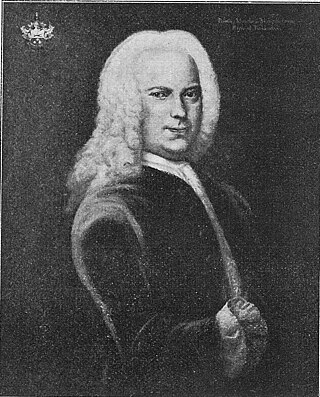
Von Munthe af Morgenstierne is a Danish and a Norwegian noble family living in Norway. It descends from Bredo Munthe of Bekkeskov, who on 19 December 1755 was ennobled under the name von Munthe af Morgenstierne. The family is included in the Yearbook of the Danish Nobility.
Hallvard Trætteberg was the leading Norwegian heraldic artist and the expert adviser on heraldry to the Government of Norway and the Norwegian royal family for much of the 20th century. From about 1930 he played a central role in the renewal of public heraldry in Norway with an emphasis on simplification. He gave the coat of arms of Norway a modern design and designed several county and municipal coats of arms, seals of the bishops of the Church of Norway, and monograms. He also wrote several books.

Thomas Peter Krag was a Norwegian novelist, playwright and writer of short stories. He was born in Kragerø, grew up in Kristiansand, and settled in Copenhagen. Some of his books were bestsellers in Denmark when they were published, but today Krag is more or less sunk into oblivion.

Sir Hans Paus was a Norwegian priest and poet. He was parish priest in Kviteseid from 1683 until his death. A popular man in his parish who learned the local dialect, he is noted for being the first to write poetry in dialect in Norway. His poem Stolt Anne, written in the Kviteseid dialect, became a popular folk song in Telemark. 12 verses were included in Norske Folkeviser (1853) by Magnus Brostrup Landstad and Henrik Ibsen, a relative of Hans Paus, paraphrased the poem in the drama Lady Inger of Ostrat. The poem honored Anne Clausdatter, the owner of Borgestad Manor and a relative of Paus. She rewarded him with an agricultural property (Bukkøy) for it. He owned several agricultural properties in Kviteseid.

Collett is a Norwegian family of English origin, descended from English-born merchant James Collett, who settled in Christiania in 1683. He married Karen Leuch, and died as the richest man in the city. The firm he founded, Collett & Leuch, later renamed Collett & Søn, was continued for four generations until 1821. The family became part of the patriciate of Christiania in the 18th century. His descendants continued to play important roles in Norwegian history and owned several properties, such as Buskerud Manor, Store Ullevål Manor, Flateby, Økern Manor and Firma Albert Collett. One of the most well-known family members are statesman and First Minister Jonas Collett.
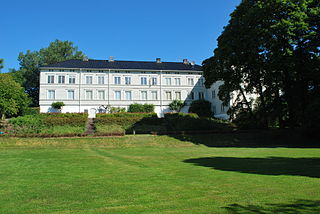
Mathiesen is a Norwegian family of Danish origin, whose members have been noted as timber magnates, land-owners and businessmen.

Henning Stockfleth was a Norwegian cleric and Bishop of Oslo.
Bodil Cappelen is a Norwegian painter, textile artist, and book illustrator. She has also written children's books.
Thrond Sjursen Haukenæs was a Norwegian folklore collector and an author, publisher, and distributor of his own works.

Loft is a traditional two-storey wooden building preserved mostly in Norway. A loft was used for storage and sleeping, and is known since the early Middle Ages. Loft buildings dating from around 1200 are preserved in rural areas. Lofts were typically built in log technique, unlike the post and lintel construction in stave churches. Many lofts have an external corridor or balcony resting on a log corbel. The oldest non-religious wooden buildings in Norway are lofts. In addition to the stave church, Christian Norberg-Schulz regards the loft as Norway's most important contribution to history of architecture.
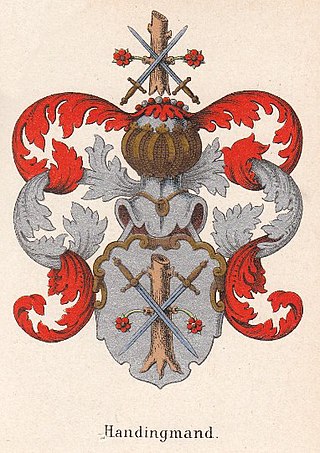
the Østby are a Norwegian noble family.



